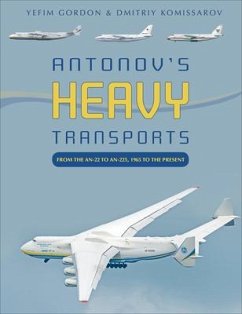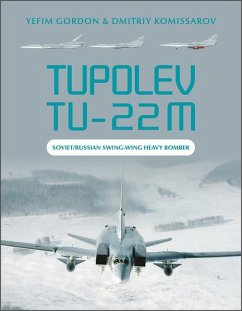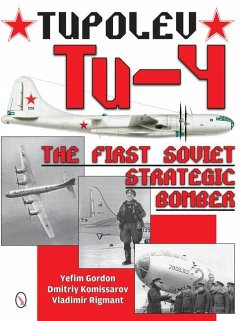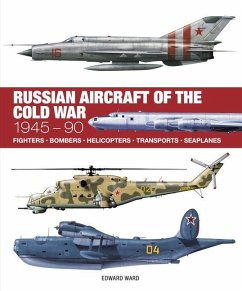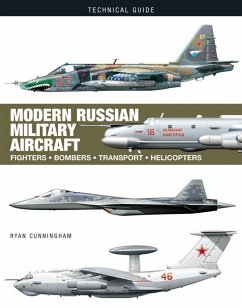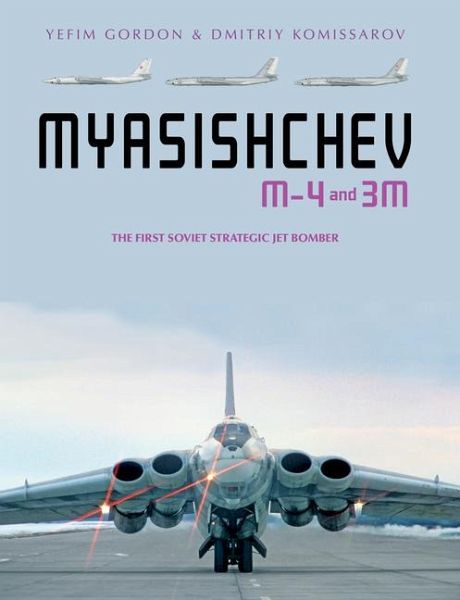
Myasishchev M-4 and 3m
The First Soviet Strategic Jet Bomber
Versandkostenfrei!
Versandfertig in 2-4 Wochen
56,99 €
inkl. MwSt.

PAYBACK Punkte
28 °P sammeln!
When the Myasishchev design bureau was reborn in 1951, it was immediately tasked with creating a high-speed strategic bomber to balance the threat posed by NATO's heavy bombers, notably the B-52. Designated M-4 and code-named "Bison" by NATO, the new four-turbojet bomber was developed within an incredibly short time--just one year. It made use of many innovative features, including a bicycle landing gear, and was designed around the most powerful jet engine of the day. It became the progenitor of a small family of bombers and refueling tankers, including the much-improved 3M and its versions. ...
When the Myasishchev design bureau was reborn in 1951, it was immediately tasked with creating a high-speed strategic bomber to balance the threat posed by NATO's heavy bombers, notably the B-52. Designated M-4 and code-named "Bison" by NATO, the new four-turbojet bomber was developed within an incredibly short time--just one year. It made use of many innovative features, including a bicycle landing gear, and was designed around the most powerful jet engine of the day. It became the progenitor of a small family of bombers and refueling tankers, including the much-improved 3M and its versions. Many of the intended versions never materialized, and the Bison had its share of problems, but it came at just the right time, providing a valuable nuclear deterrent, and remained in service for 40 years until retired in compliance with the START treaty. The book charts the first Soviet strategic jet bomber's development and operational history. It includes the story of how the 3M was adapted to carry components of the Energiya/Buran space transport system as the VM-T Atlant outsized-cargo transporter.





